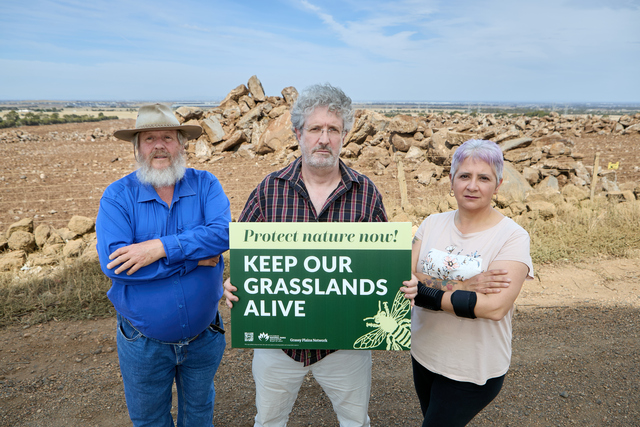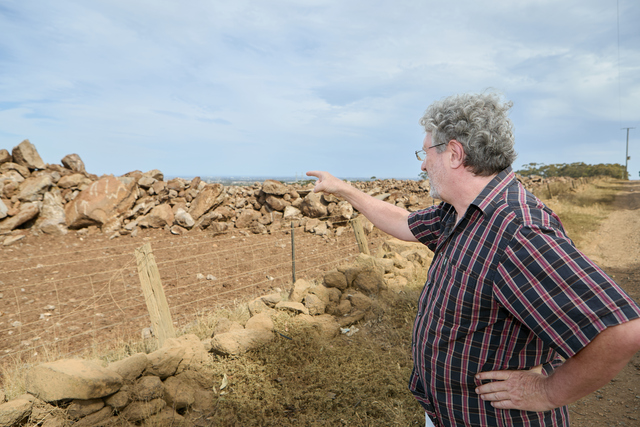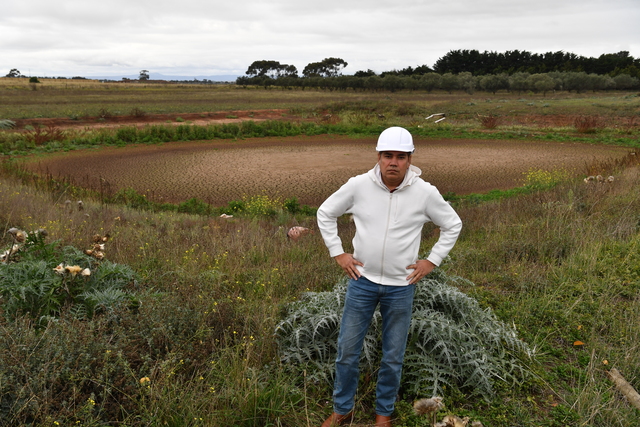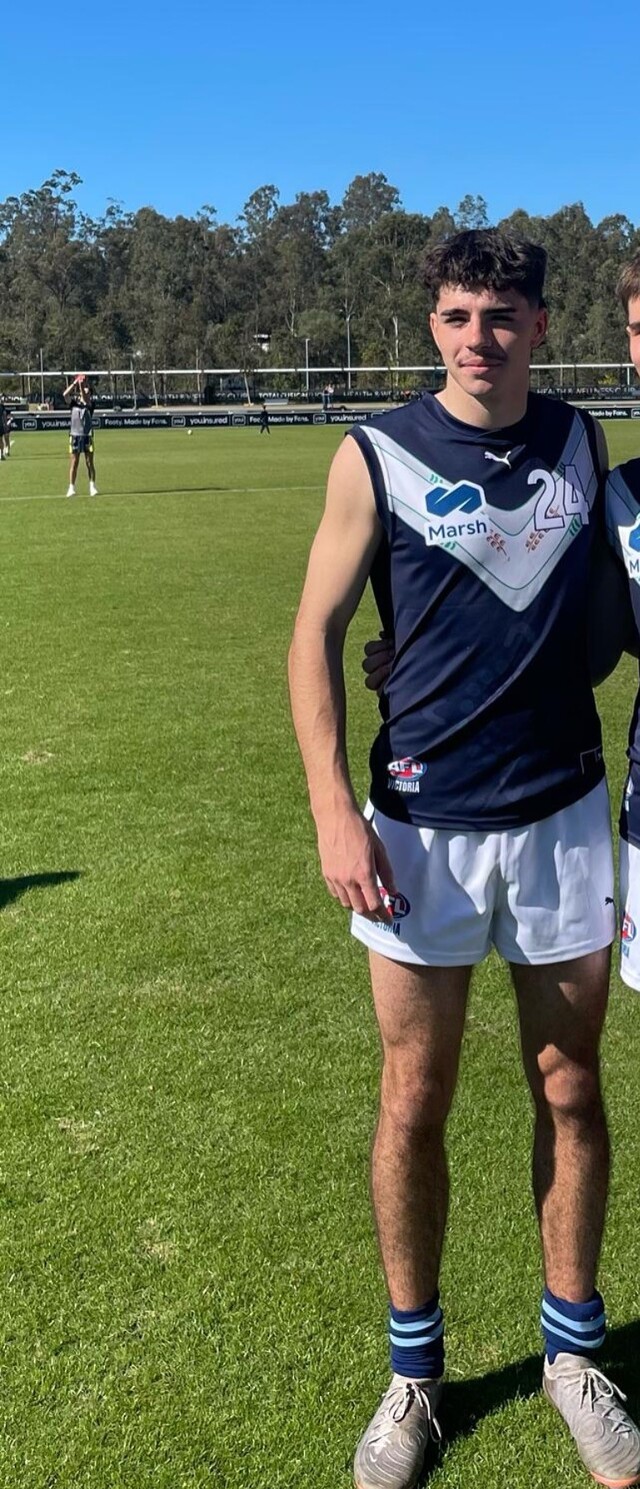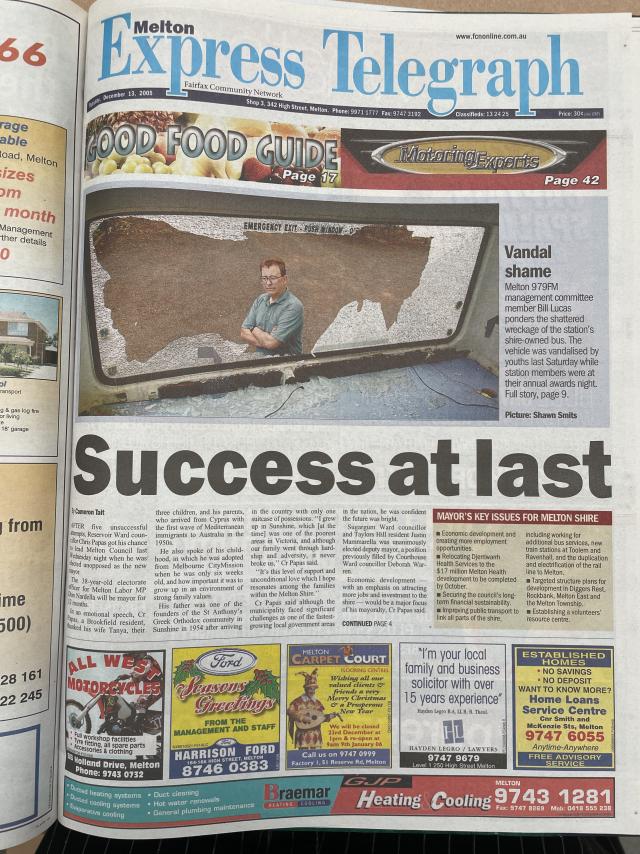Local, state, and federal authorities are being questioned on their failure to protect Critically Endangered grassland in Victoria that was bulldozed and destroyed last month.
Around 40 hectares of privately owned land in Mount Cottrell on Melbourne’s western edge that was destined to become part of the long-promised 15,000-hectare Western Grassland Reserve was destroyed by a developer.
Authorities and the government have been questioned about their obligations to protect the native grassland at 248–316 Faulkners Road, which was meant for a future conservation and recreation reserve.
Grassy Plains Network Facilitator Dr. Adrian Marshall has called for an overhaul of compliance with environmental laws to be enforced.
“Once stretching from Melbourne to South Australia, today only 1 percent of our grasslands survive. These native flower meadows are now heading towards irreversible decline,” Dr Marshall said.
“This is an outrageous and deeply concerning situation. Developers are cynically undermining the rule of law for profit. They are robbing the future residents of Melbourne’s outer west of public reserve land of great natural beauty and extraordinary conservation value.
“Who’s in charge here? This native grassland was supposed to be protected under national and state laws. It has a Public Acquisition Overlay, an Environmental Significance Overlay, and is zoned Rural Conservation. Yet no one stopped it from being cleared.”
Biodiversity Council Lead Councillor Professor Brendan Wintle from the University of Melbourne said the loss of 40 hectares of grassland is 20 times the size of the MCG, which is a huge blow for protecting endangered animals and plants.
“This is a critically endangered ecosystem and home to some of Australia’s most fascinating and endangered animals and plants, such as the recently rediscovered and critically endangered grasslands earless dragon,” Prof Wintle said.
“This particular grassland was supposedly protected by the Victorian Government for inclusion in the Western Grassland Reserve under an agreement between the Victorian and Commonwealth Governments called the Melbourne Strategic Assessment.
“The agreement effectively acts as a bulk-approval for housing development under our national environment law, which was meant to be ‘offset’ by the creation of the grasslands reserve. The development approvals stand, but only 15 percent of the reserve has been delivered.”
Biodiversity Council Lead Councillor, Professor Sarah Bekessy from RMIT University said the destruction of the native grassland should be seen in the same light as the destruction of buildings like the Corkman Hotel in Melbourne or Notre-Dame in Paris—though at least these can be rebuilt.
“Here we have a critically endangered ecosystem, filled with threatened species and steeped in cultural richness, that we will likely lose in our lifetime,” Prof Bekessy said.
StarWeekly contacted the Melton City Council who said they are aware of the matter but cannot provide a comment at this time.
“Council is committed to protecting critically endangered grasslands. Native plants and animals in the City of Melton are protected by Commonwealth and State laws and the Melton Planning Scheme.”

